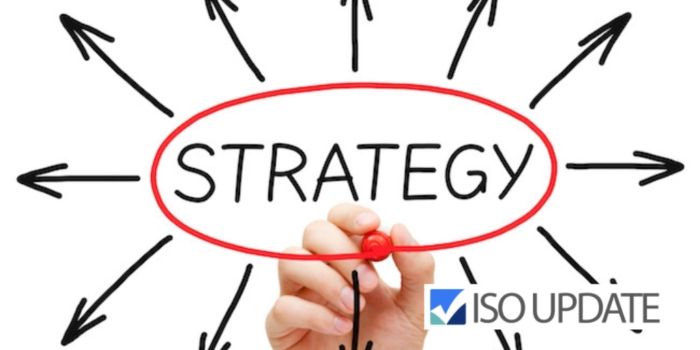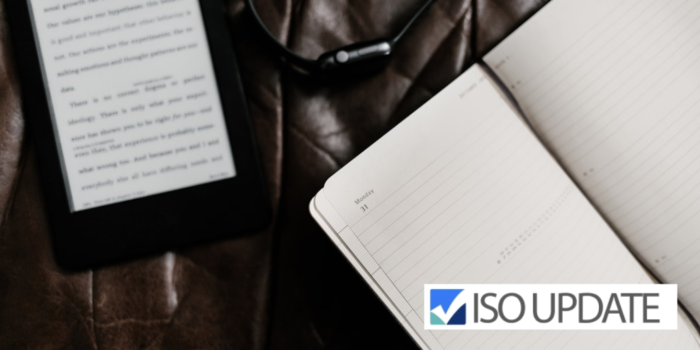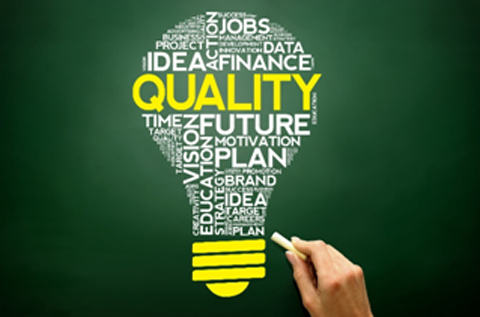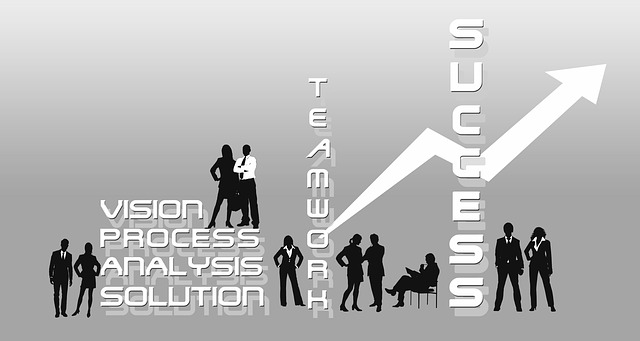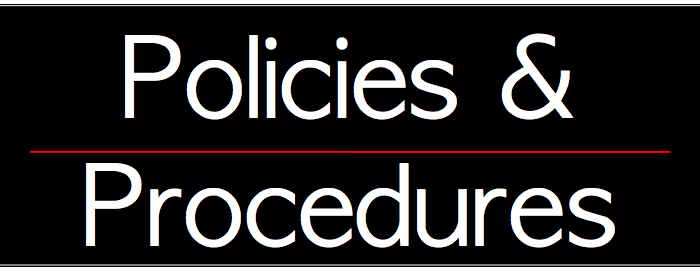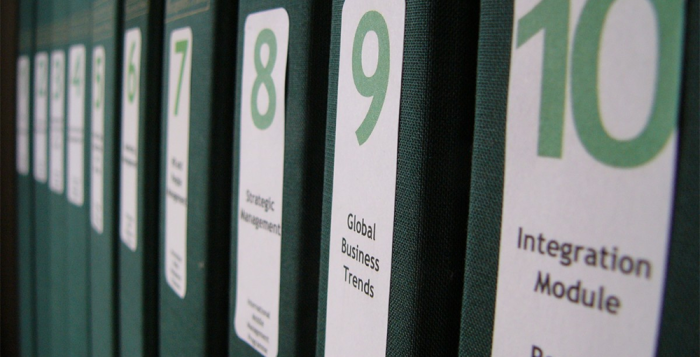Written by Kashif Mumtaz
Regardless of the other terms used in ISO 9001:2015, the term, Strategic Direction has not been defined in ISO 9000:2015 Quality Management Systems – Fundamentals and Vocabulary. However, ISO 9001:2015 contains the following strong linkages to the strategic direction of the organization:
- Clause 4.1 – External and internal issues must be relevant to the Strategic Direction of the organization.
- Clause 5.1 – The Quality Policy and Quality Objectives must be compatible with the Strategic Direction of the organization.
- Clause 5.2 – The Quality Policy must support the Strategic Direction of the organization.
- Clause 9.3 – Management Review Process must ensure the suitability, adequacy effectiveness and alignment of the Quality Management System with the Strategic Direction of the organization.
Strategic Direction as we believe is the organization vision of where the organization wants to be in the future and the development of an overall Strategic Plan is affected by various internal and external factors. Refer to the clause 4.0 of ISO 9001:2015 Context of the Organization which states that the organization shall determine external and internal issues relevant to its purpose and its strategic direction and those affect its ability to achieve the intended results of its Quality Management System. ISO 9001:2015 further elaborates in Notes (1 – 3) of the clause 4.1 that issues can include positive and negative factors or conditions for consideration – Understanding the external context can be facilitated by considering issues arising from legal, technological, competitive, market, cultural, social and international, national or regional economic environments. Understanding of the internal context can be facilitated by considering issues related to values, culture, knowledge and performance of the organization.
The strategic planning process is a continual process and if we look at the traditional strategic planning process, it very much resembles with the Plan-Do-Check-Act (PDCA) Cycle of which ISO 9001:2015 is a big promoter to apply this cycle to all organizational processes and the Quality Management System as a whole to implement plans to achieve objectives including strategic. In addition, various functions within the organization having their own strategies can closely be aligned and integrated within the Context of the Organization which is basically overall strategic plan of the organization highlighting all internal and external factors with their resulting impact on the organization along with the approaches to managing risk(s) at the functional and company-wide levels for the achievement of larger mission of the organization.
Having said that, we can say that framework provided by ISO 9001:2015 can be used by the organizations for strategic planning but when the management rejects QMS as strategic planning model and make intuitive decisions then ISO 9001:2015 cannot address or contribute in the overall strategic planning process.
About the Author
Kashif Mumtaz is serving as QA Manager at Omrania in Riyadh, Saudi Arabia and has more than 17 years’ experience in quality assurance & management systems. He is Chartered Quality Professional (CQP) and holds a master’s degree in Quality Management from UK


